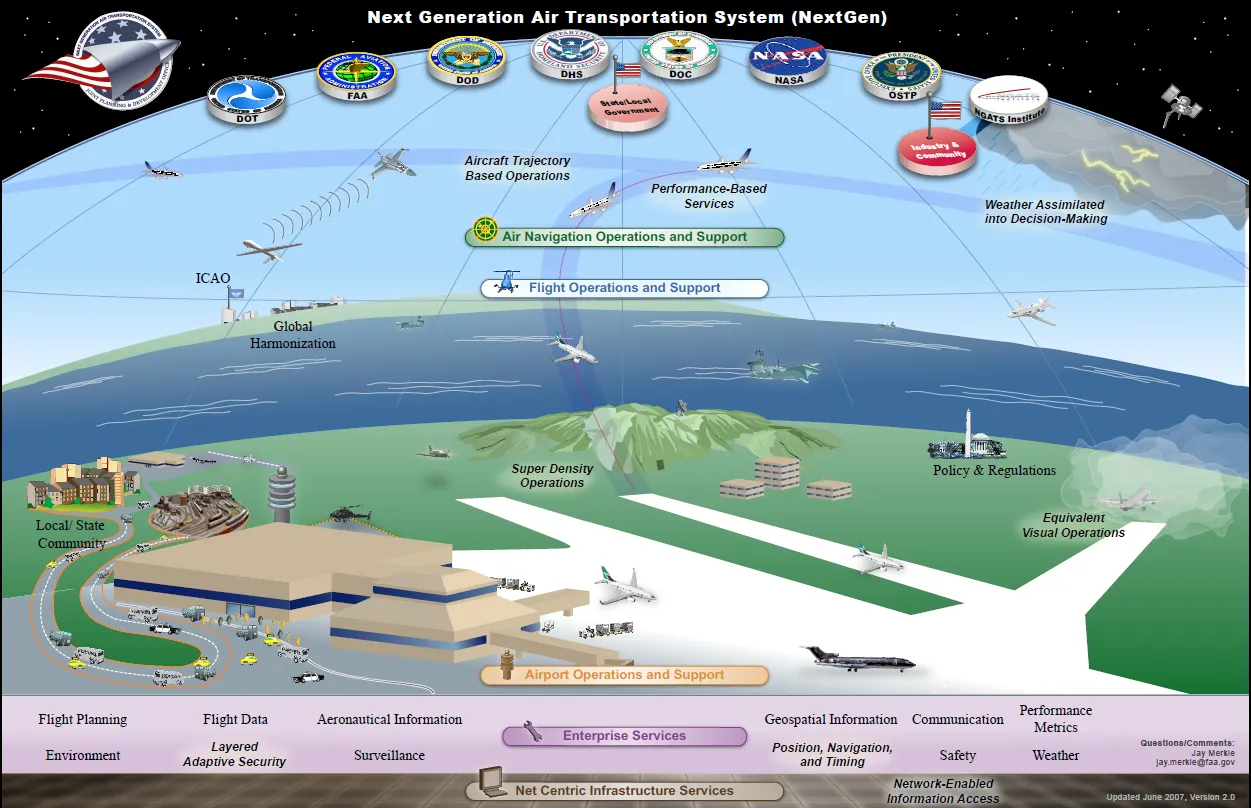5 Technologies Used in AAR and Air Traffic Control
Air Traffic Control, or ATC, has always been an important part of the strategic development of aviation and planes. As the flow of air traffic continues to rise, it has become important to develop new systems that could help improve ATC services. Some key technologies that are bringing innovation in ATC are Big Data Analytics, AI, VR, and AR.
These technologies are changing the old methods to control air traffic, resulting in safer skies. Let’s discuss these technologies in detail:
Integration of Artificial Intelligence
AI systems allow ATC to predict and manage air traffic since the systems can analyze large amounts of data in real time. For example, machine learning can determine the most efficient routes for planes, thereby decreasing restrictions on time and fuel.
They are also being used to predict conflicts that may be likely to happen in the future and recommend ways of avoiding conflicts. AI can also integrate with flight tracker systems to provide real-time updates on aircraft positions.
Big Data Analytics
The use of Big Data Analytics is important in improving the efficiency and safety of air traffic control. Of all the branches of Big Data, predictive analytics are especially useful. It can predict traffic blocks, dangerous situations, and even the distribution of any resources among the vehicles within the tracked area. For instance, past flight records assist in determining traffic density at certain periods, thus helping ATC with better decision-making. Also, analyzing real-time flight status updates can help controllers avoid potential disruptions.
VR and AR
VR and AR are surely establishing their presence in air traffic control training and operations. The key advantage of using VR is that controllers can train their subordinates in critical situations without the dangers posed by actual training sessions.
This technology allows air traffic controllers to practice various scenarios, improving their skills in handling real situations. AR, on the other hand, can be used in live operations to facilitate improved awareness of the area in which operations are performed.
Improved Communication Systems
Communication plays an important role in air traffic control. These advanced technologies eliminate reliance on voice communication and ensure clear instructions, thus reducing mishaps.
Mobile satellite services include the Aeronautical Mobile Satellite Service (AMSS), which offers worldwide connections to aircraft. These systems improve the capacity to control aircraft overseas and in areas not well served by radar.
Unmanned Artificial Systems
Incorporating Unmanned Artificial Systems (UAS), such as drones and self-flying aircraft, imposes complexities and driving forces on air traffic control. Highly developed systems and standards must be implemented to control the interaction between manned remote vehicles and unmanned aircraft. The incorporation of UAS into ATC also opens opportunities for using drones for inspections, surveillance, and delivery services, improving the efficiency of air transportation.

